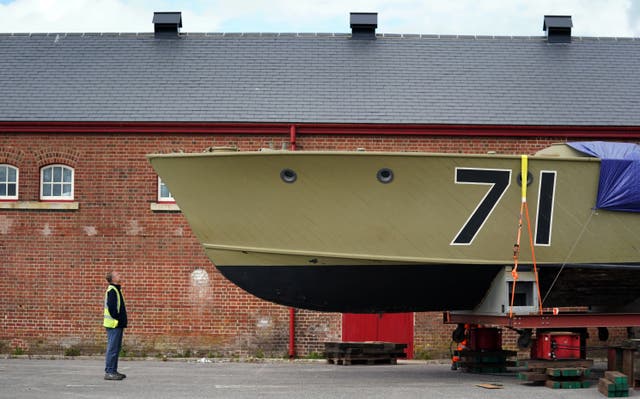
The Royal Navy’s last existing Coastal Patrol Boat from World War II was recently recovered thanks to the succoring of charitable donations. It finds itself in a new home- the naval Armory at Priddy’s Hard, Gosport, rightly christened the Explosion Museum of naval firepower.
The Journey
According to the 2017 reports from Oxfordshire, the private owner of the boat wished to sell the boat. The National Museum belonging to the Royal Navy collected over 8,000 dollars over a tight timeline with a few days to spare. The Thornycroft fast launch Coastal 55-foot Motorboat CMB331, built-in the initial phases of World War Two, will be joining Motor Torpedo Boat MTB71 on a relaxed expedition to their latest home. The two boats from their depot areas took a trailer trip covering 100 miles from the Fleet Air Arm Museum to Gosport. The two historical boats would be reinstated in the museum at a secured spot and will be showcased at a special exhibition. The antique pieces from the world war have clearly stirred interest in the public.
The History
Coastal Motorboat CMB331 and Motor Torpedo Boat MTB71, were commemorated as the ‘Spitfires of the Seas’, as time and again they were deployed in the dark. They were baptized for being small yet brisk attack motorboats that schlepped torpedoes. A very young group of reserved guerrilla volunteers, forming the Royal Naval branch performed operations in heavily armed small boats, which were mainly constructed to destroy close-ranged adversary naval forces.
The famous shipwright, John Thornycroft constructed the last of class motorboats CMB331 during World War-I. The one-of-a-kind 55-foot boat could carry two torpedoes and a full array of other weaponry, while maintaining a speed of over 40 knots. The vessel got commissioned in November of 1941 and served the nation until 1945, after which it was decommissioned for disposal.
The museum’s head of collections and research, Nick Hewitt, said: “It is a once-in-a-lifetime chance to honor these boats and the crews that manned them by placing them at the heart of our display. Our visitors may get a feel of the genuine dangers these young guys took by seeing them up close and marveling at how dangerous their methods were, traveling at great speeds and frequently in the dark.”